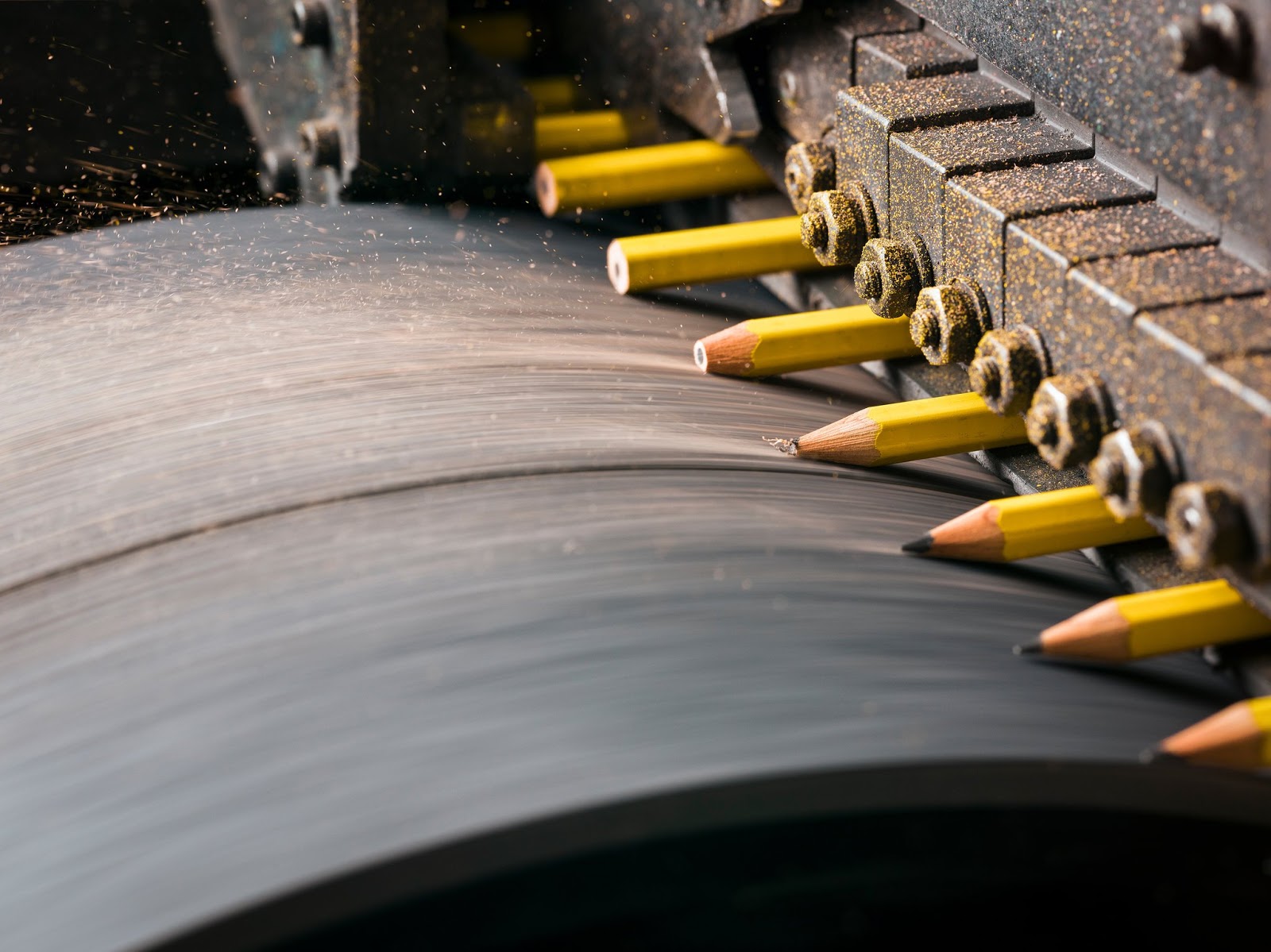The pencil factory is not just a place where wooden sticks are transformed into writing instruments; it is a hub of creativity, innovation, and craftsmanship. The humble pencil, often taken for granted, has a rich history and plays a vital role in the world of art, education, and communication. From the earliest graphite pencils of the 16th century to the modern-day mechanical and colored varieties, the evolution of the pencil has been fascinating. The pencil factory embodies this journey, showcasing the meticulous processes that turn raw materials into the essential tool used by millions every day.
Inside a pencil factory, skilled artisans and modern machinery work hand in hand to produce high-quality pencils that cater to diverse needs. Whether for students, artists, or professionals, the pencil factory ensures that every pencil delivered is a perfect blend of functionality and aesthetic appeal. The factory is a testament to the importance of craftsmanship and attention to detail, where every step in the production process is crucial to creating a product that inspires creativity and imagination.
In an age dominated by technology, the pencil factory stands resilient, reminding us of the beauty of simplicity and the power of the written word. As we explore the fascinating world of pencil manufacturing, we uncover the secrets behind this beloved writing tool and the legacy of the pencil factories that bring them to life. So, what goes into the making of a pencil, and why are pencil factories vital to our society?
What Materials Are Used in Pencil Factories?
Pencil factories utilize a variety of materials to create the perfect pencil. The primary components include:
- Graphite: This is the core of the pencil, providing the writing ability.
- Wood: Usually cedar or basswood, wood is used for the outer casing.
- Clay: Mixed with graphite to adjust the hardness of the pencil lead.
- Paint: Used for coloring and branding the pencils.
- Metal ferrules: In some cases, used to attach erasers to the pencil.
How Are Pencils Made in a Pencil Factory?
The pencil manufacturing process is fascinating and involves several steps:
- Graphite Preparation: The graphite is mined and then ground into a fine powder.
- Lead Mixing: Graphite is mixed with clay and water to form the pencil lead.
- Wood Preparation: Logs are cut into slats, dried, and shaped for the pencil casing.
- Assembly: The lead is placed between two slats of wood, glued, and pressed together.
- Shaping and Finishing: The pencils are shaped, painted, and finished with branding.
- Quality Control: Each pencil is tested for quality before packaging.
What Types of Pencils Are Produced in Pencil Factories?
Pencil factories produce various types of pencils to meet different needs:
- Graphite Pencils: Standard pencils used for writing and drawing.
- Colored Pencils: Pencils filled with colored pigments for artistic use.
- Mechanical Pencils: Pencils with replaceable leads for precision writing.
- Charcoal Pencils: Used by artists for expressive drawing.
- Watercolor Pencils: Pencils that can be blended with water for painting effects.
What Is the History of Pencil Factories?
The history of pencil factories dates back to the 16th century when the first graphite deposits were discovered in Borrowdale, England. The development of the pencil as we know it began with the creation of wooden casings to encase the graphite. The first pencil factory was established in the late 18th century, leading to mass production and innovation in pencil design.
Who Were the Pioneers of Pencil Manufacturing?
Several key figures played a significant role in the advancement of pencil manufacturing:
- Joseph Dixon: Founder of the Dixon Ticonderoga Company, he innovated processes in pencil production.
- Heinrich G. Lothar: Developed the first mass-produced colored pencils in the 19th century.
- William Munroe: Known for creating the first mechanical pencil in America.
What Is the Future of Pencil Factories?
As technology advances, pencil factories are adapting to meet the changing needs of consumers. The rise of digital tools has led to a decline in traditional pencil use, but many pencil manufacturers are finding innovative ways to stay relevant. Sustainable practices, such as using environmentally friendly materials and processes, are becoming essential in modern pencil factories. Additionally, there is a resurgence of interest in traditional art forms, further ensuring that pencil factories remain a vital part of the creative process.
Conclusion: The Enduring Legacy of Pencil Factories
The pencil factory is a remarkable place where tradition meets innovation, and creativity is nurtured. From the careful selection of materials to the intricate manufacturing processes, pencil factories ensure that this simple yet powerful tool continues to inspire generations. As we embrace the future, the legacy of pencil factories will undoubtedly thrive, reminding us of the importance of creativity, artistry, and the written word.
You Might Also Like
Unveiling The Life And Achievements Of Ajok DengUnraveling The Enigma Of India Brown
Sakio Bika: The Rise Of A Boxing Phenomenon
Unveiling The Life And Legacy Of Michael Stewart
Unveiling The World Of Veronica Beard: A Fashion Revolution
Article Recommendations
- Elon Musk Mom Satanist
- Sophie Rain Only Fans Leaks
- Maria Cedar
- Tiffany Springs Water Park
- Juan Manuelizquierdo
- Marlon Jackson
- Jennifer Garner James Garner Related
- Heartland Actors
- Taylor Swifts Parents Divorced
- Carrie Underwood Pregnant


